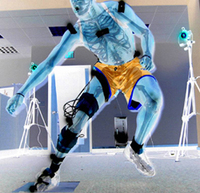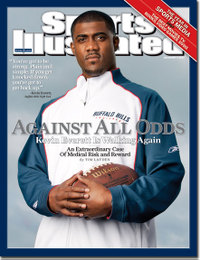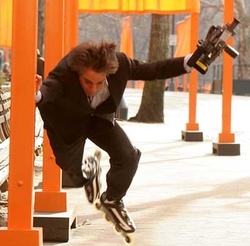
This topic probably deserves a more in depth post, but this article caught my eye: "Knee Operations Can Lead To Other Injuries." The issue here is Anterior Cruciate Ligament (ACL) reconstruction. Reconstruction of the ACL is largely an elective procedure for many folks. There is a collective assumption, which surgeons have no motivation to debunk, that each ACL tear requires surgery. This is untrue. Any physical therapist has a collective of stories about patients with ACL injuries who were able to return to their activity without surgery. This myth is perpetuated by professional sports, which often send their athletes for surgery within a couple days of the injury.
Many people can function perfectly well without an ACL. The body has mechanisms in place to deal with the loss of this ligament. The ACL, like any ligament, does not work in isolation. Instead, other parts of the joint capsule, muscle stabilization, and sensory feedback work together with the ligament to keep bones moving the right way. When the knee becomes ACL deficient, the body shifts its control mechanisms and often compensates nicely. This does not occur in everyone, and no one is really sure of which people will be functional without an ACL and which will not.
However, if ACL surgery is viewed in light of information that suggests the procedure can be linked to other injuries, perhaps a more conservative approach is called for. Every patient should be afforded a waiting period for the initial effects of the injury to subside and for an intensive rehab program before they are indicated for surgery. This could apply to pro sports as well. Quite a bit of time could be saved if players can become functional without such a major surgery, if only given the chance.
ERIC







